- homepage
- 3. Sustainability and Animal Feed
Sustainability and Animal Feed

This is a human footprint.

somewhere in South America
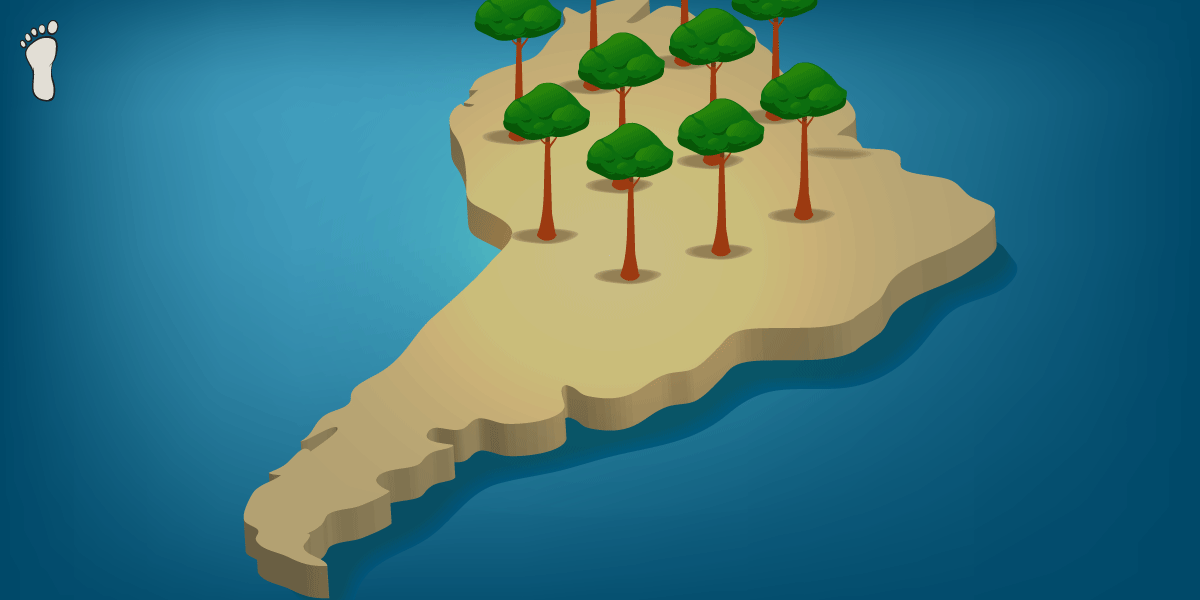
In order to satisfy the growing demand for cheap agricultural raw materials such as soy and sugar, more and more agricultural land is required.
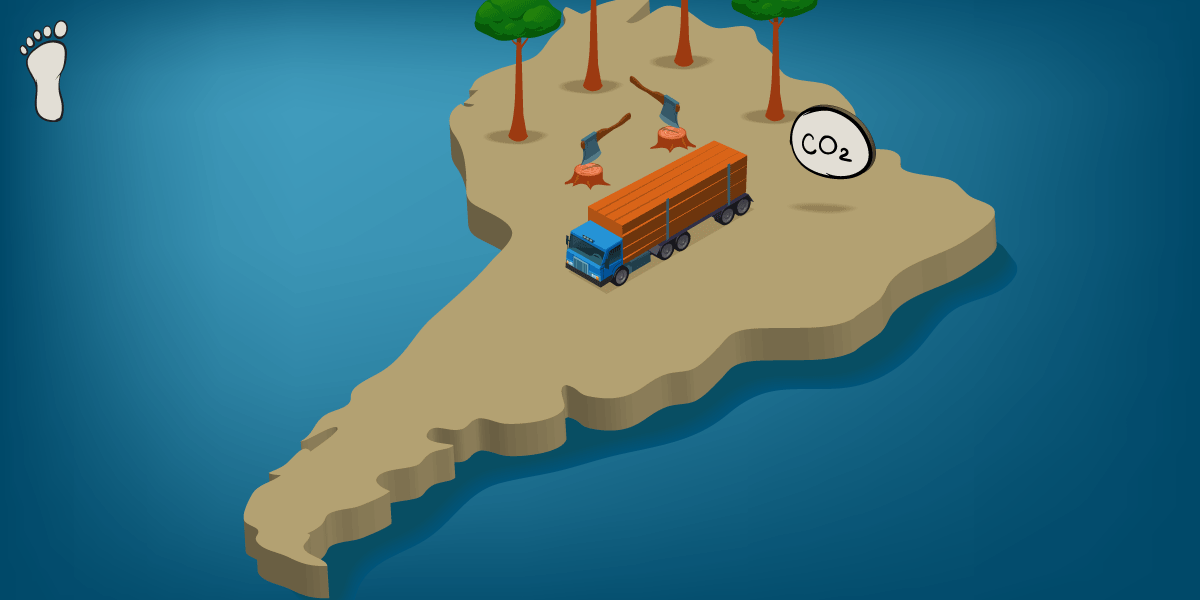
This land is located in, amongst other places around the globe, in South America. There the rain forest is cleared to make way for crops – and with it disappears an important means of binding carbon dioxide in large volumes. For the water supply, too, the preservation of large rain forests is very important.
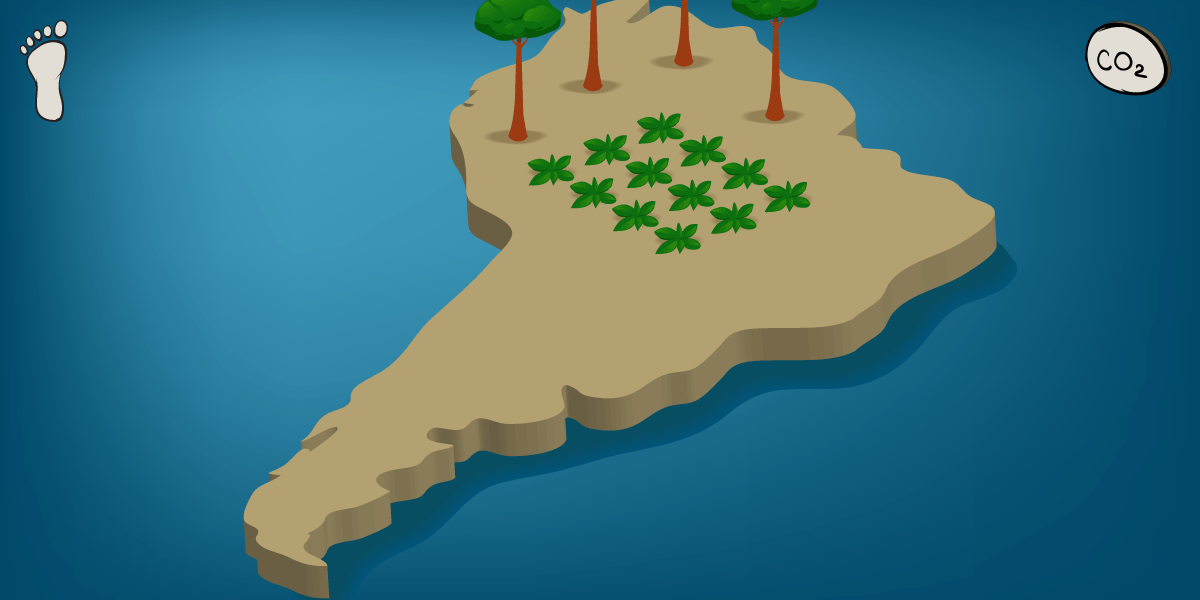
The cleared lands are used to produce soy and other crops. This type of cultivation takes the form of monoculture conducted by huge agricultural companies.
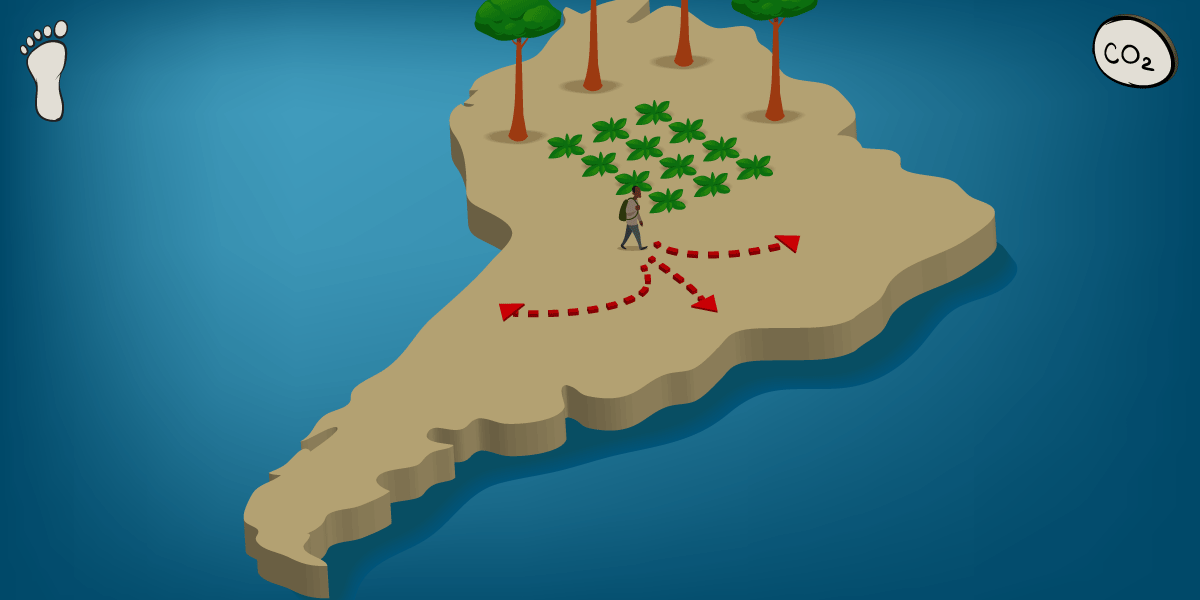
The people living in and around the rain forest are displaced. Their livelihoods are are taken away from them, and they have to seek out new sources of income. Not all of them find jobs in the big companies, so they have to move to the big cities and, often, have to make a living as day labourers.
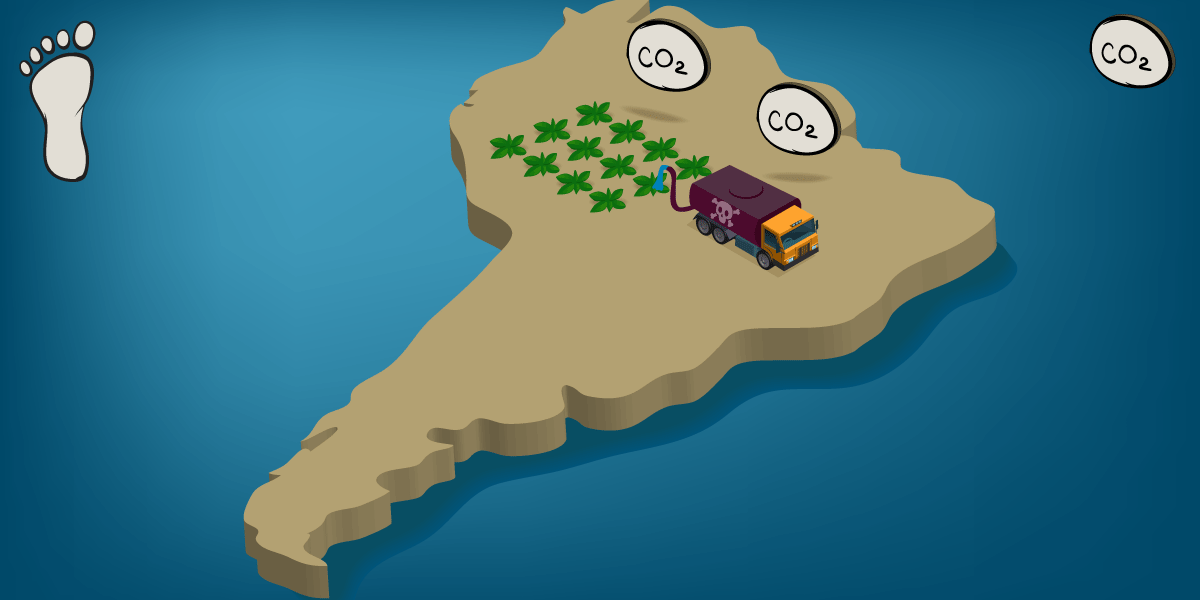
The cultivation, maintenance, and harvesting of soy (protein feed) is highly mechanised and requires the use of chemicals such as artificial fertilisers as well as pesticides. A great deal of carbon dioxide is used in the production of these chemicals.
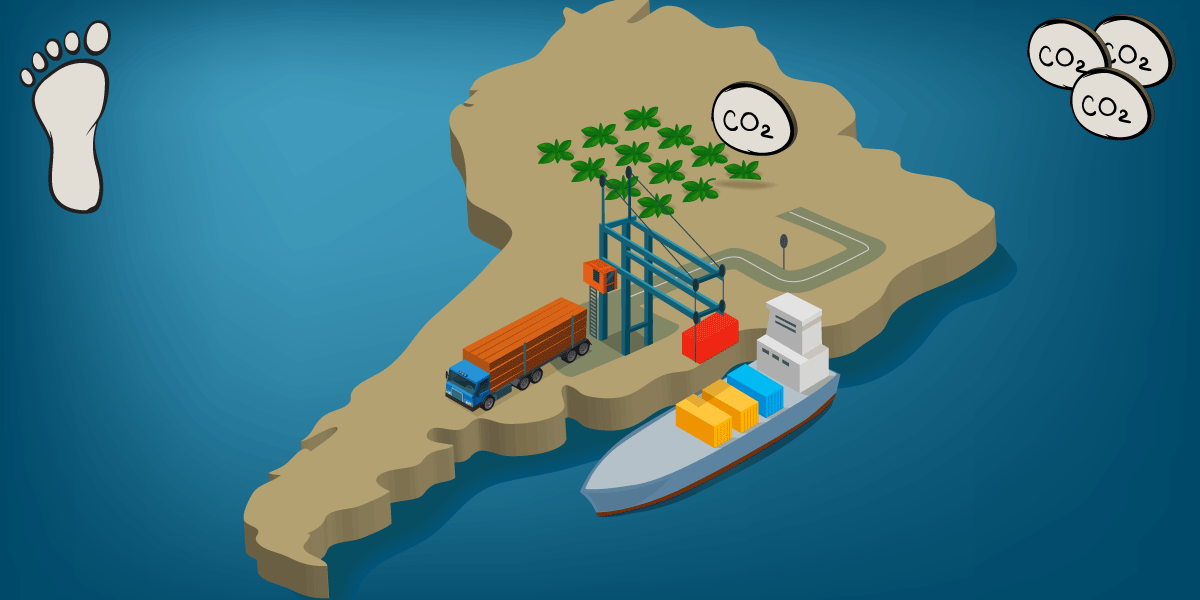
After harvest, soy is transported along roads built in the rain forest especially for this purpose and transported to harbours from where it is shipped abroad.
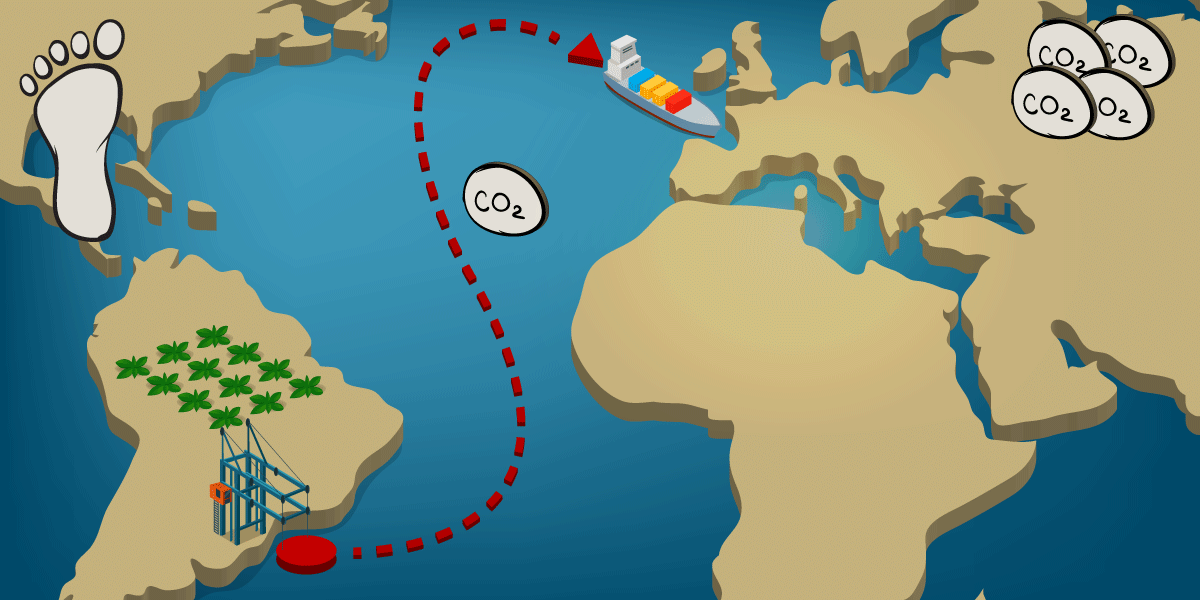
Ships transport the soy to Europe's large lading ports.
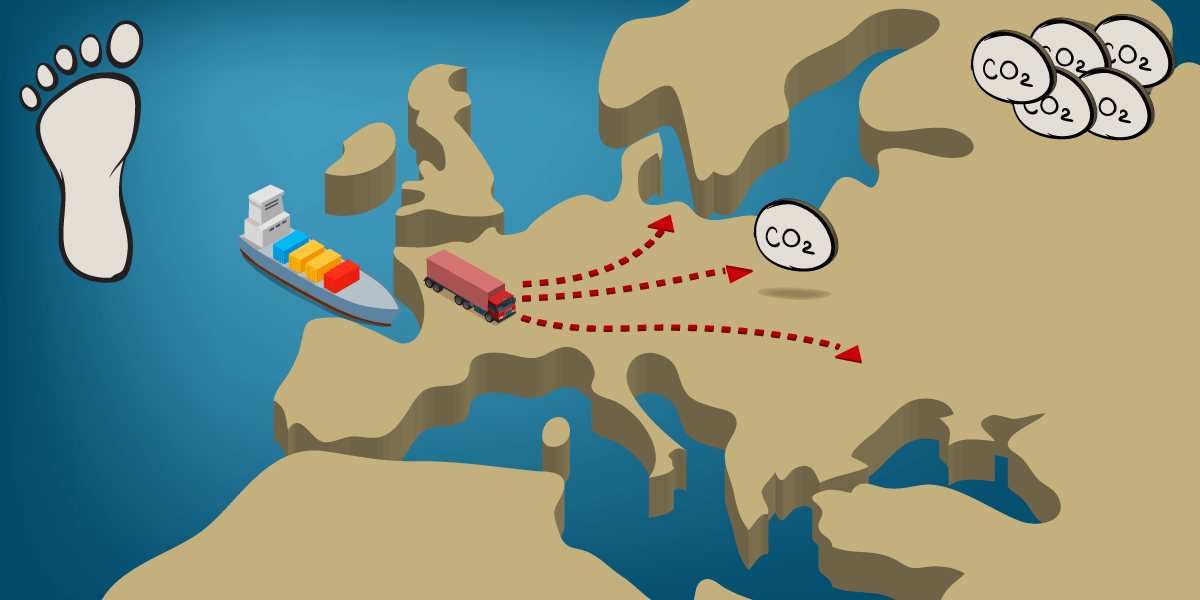
There the soy is loaded into lorries and transported to feed suppliers in rural regions.
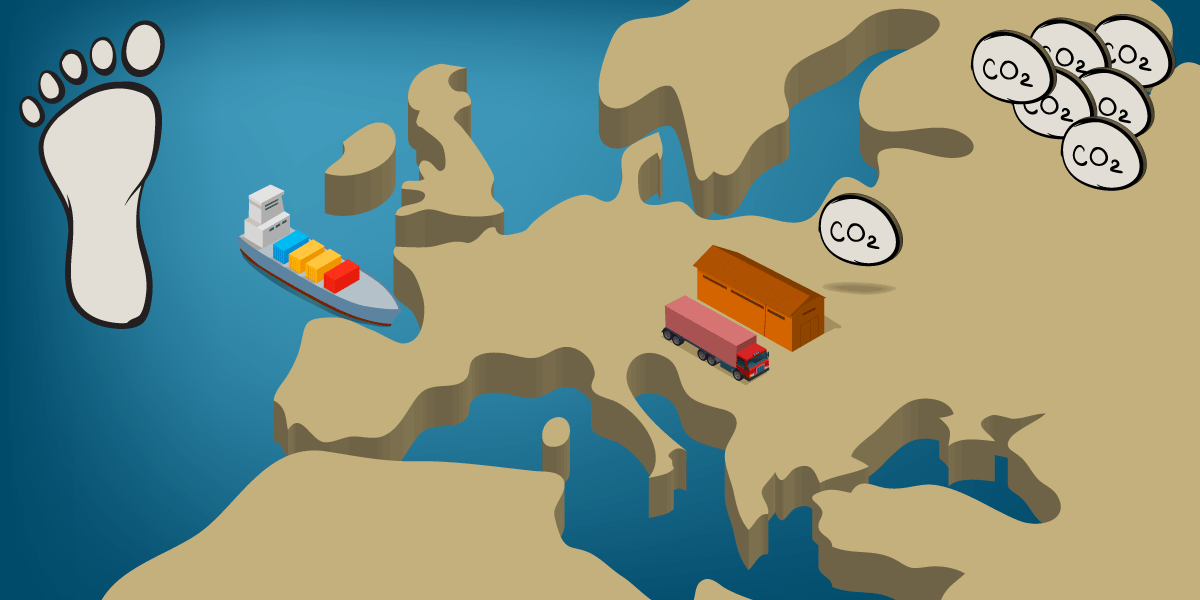
There the soy is stored, processed, and sold to agricultural operations as animal feed.

A European rural region
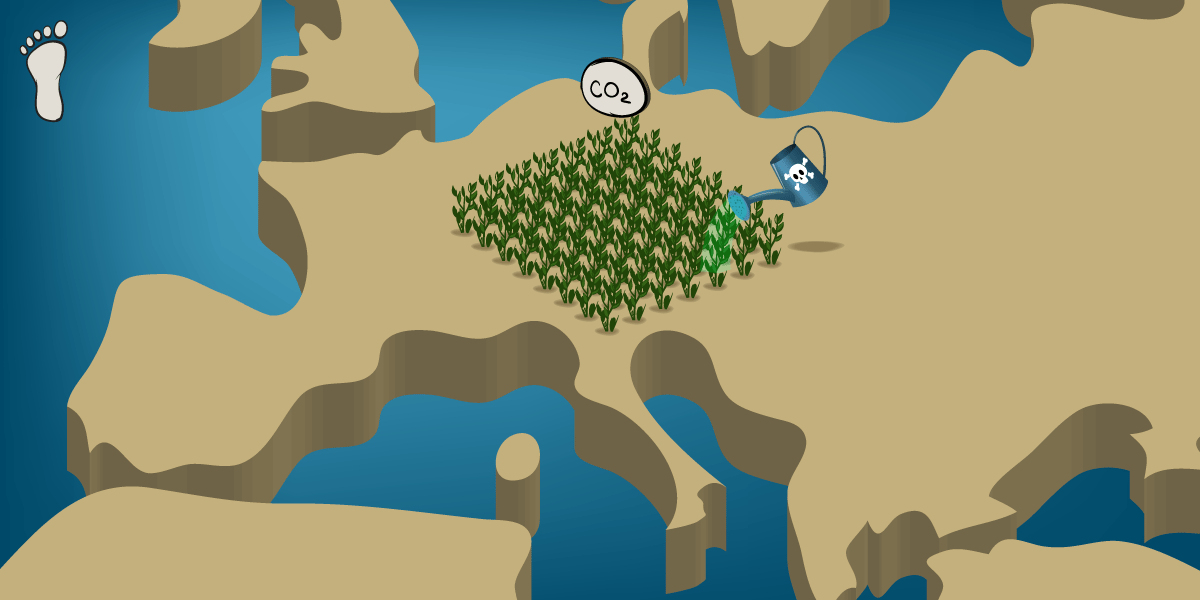
A piece of agricultural land is used to grow broad beans (protein feed), whose cultivation requires little use of fertilisers and pesticides.
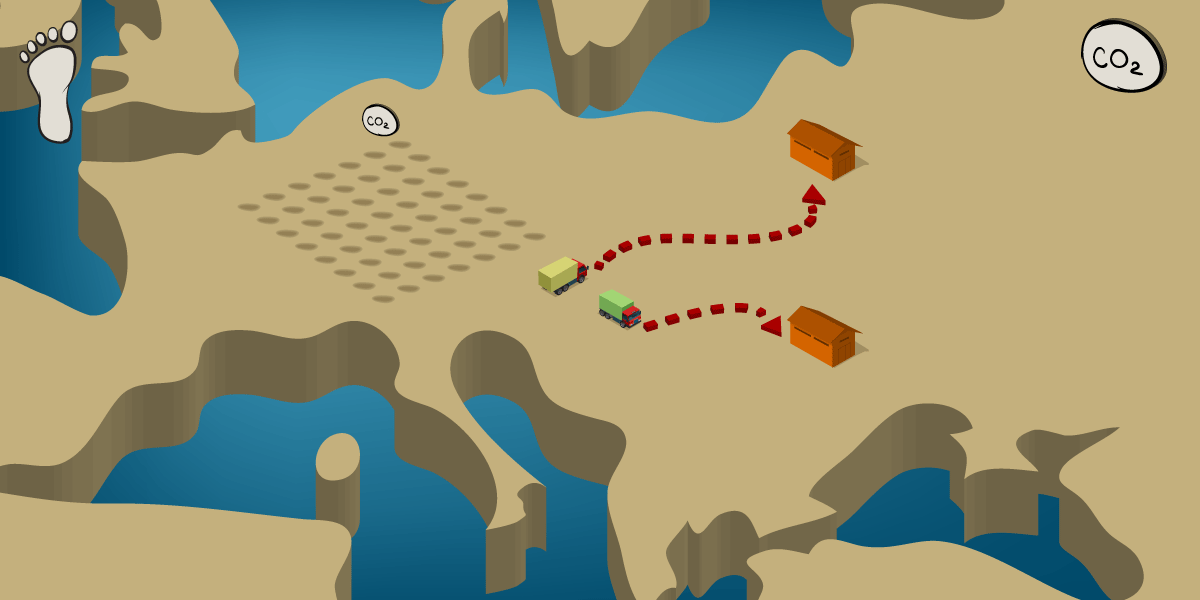
The broad beans (protein feed) are harvested and transported to the agricultural operation, where they are stored and eventually fed to the animals.

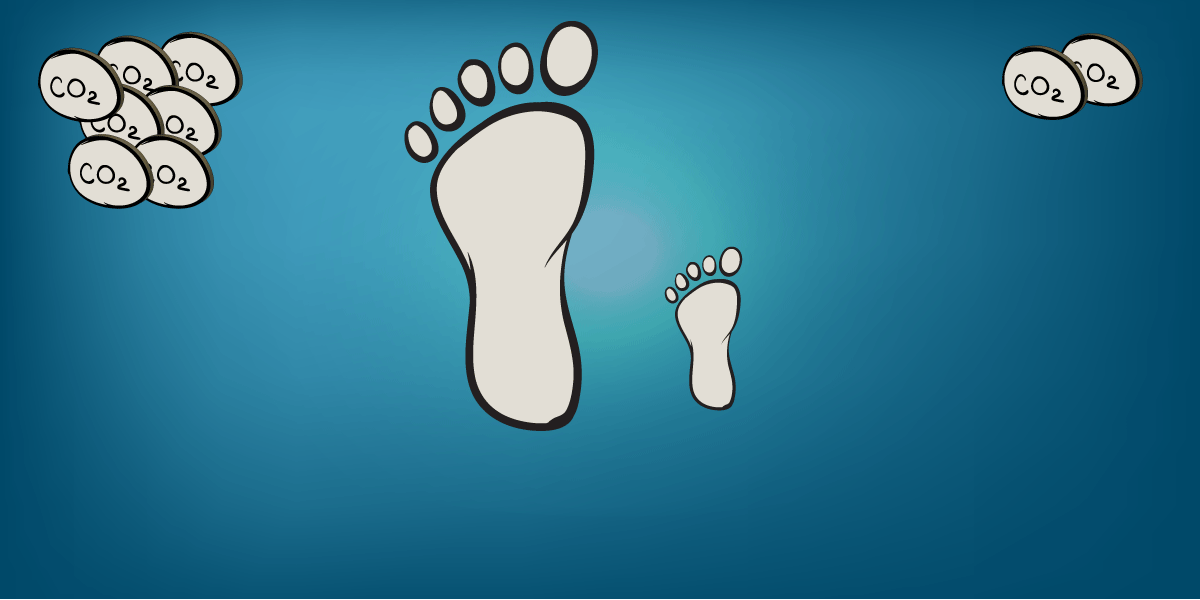
The ecological footprint of imported soy is significantly larger than the footprint created by the cultivation and feeding of domestic protein feed.

Why do we continue to use imported soy?
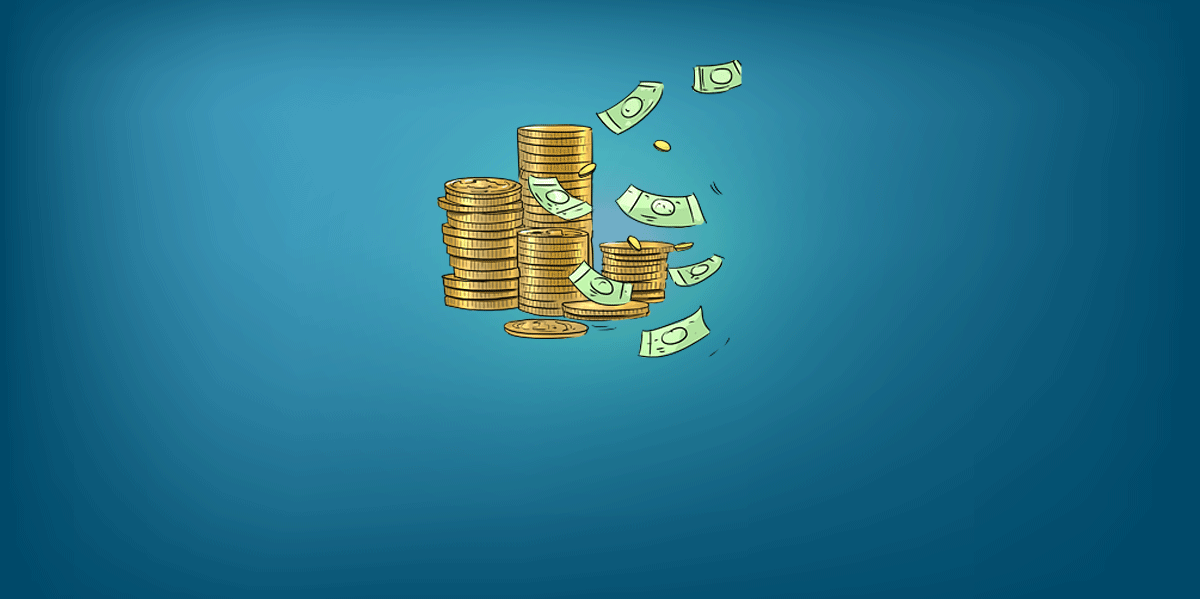
From a purely economic point of view, the cultivation of animal feed in South America is significantly cheaper. The costs of the enlarged environmental footprint are not factored in to the price of the feed.
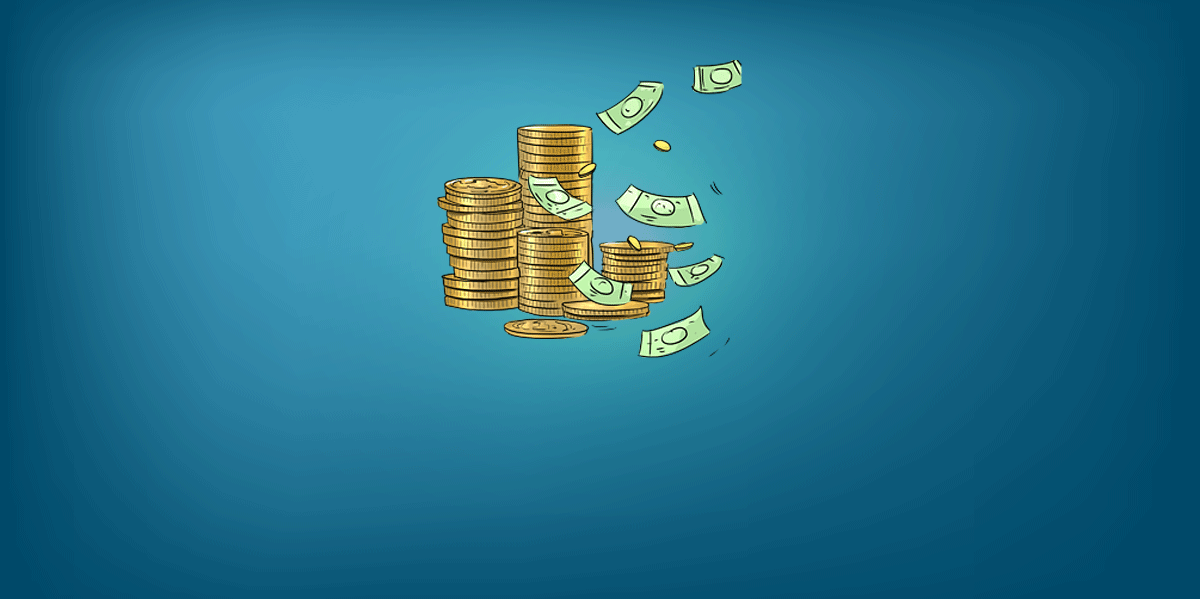
The cost of reestablishing the resources of "clean air", water, and soil, as well as the conservation of flora and fauna and the negative social effects is paid for by the general public – not the individual agricultural operations, transport companies, or feed merchants.
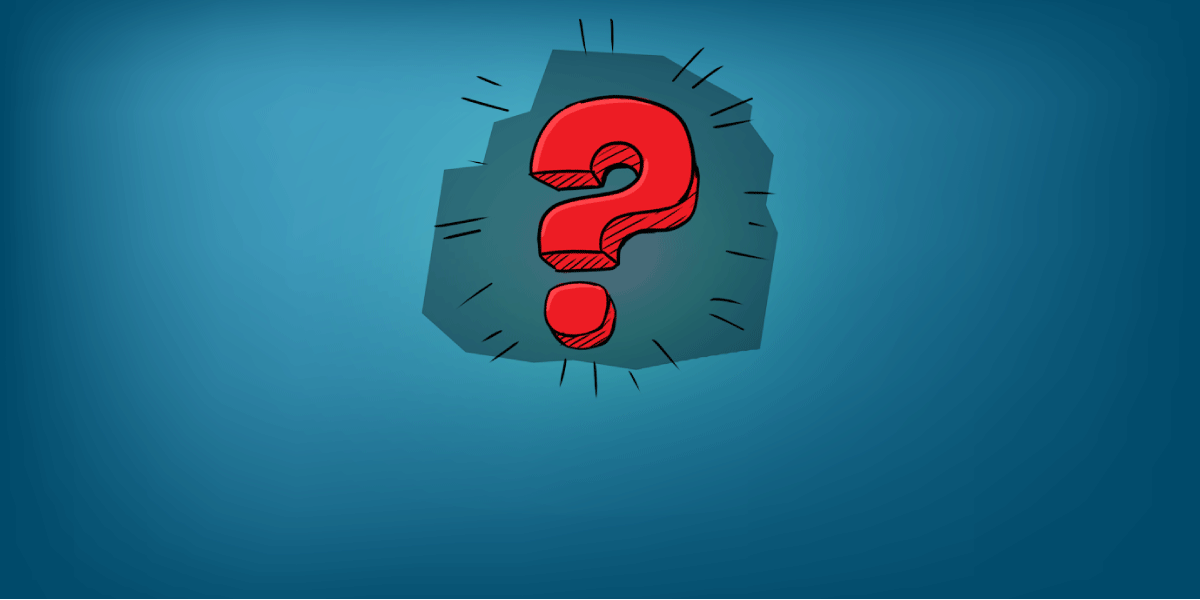
What can be done to protect our climate as well as the social situation of the people living in and around the rain forests?

The world's politicians have been negotiating a climate agreement – with lukewarm success. The social question of regular people in South America is hardly an issue in these negotiations.

Everyone has a small part to play. Here are a few simple tips for how you can minimise your ecological footprint.
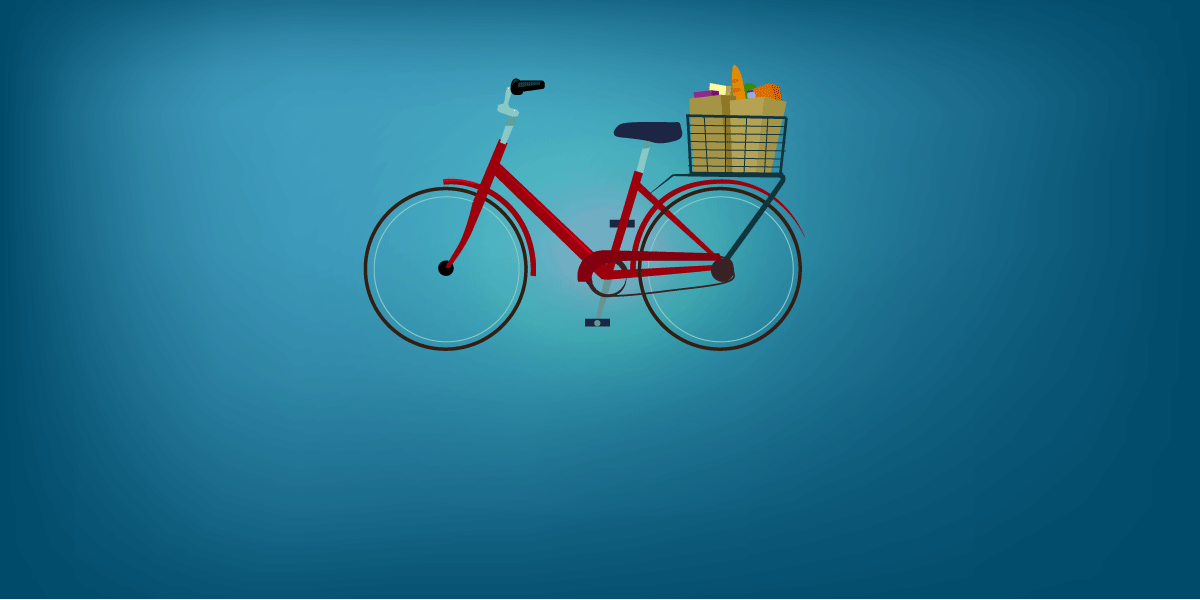
TIP 1
Shopping on foot or by bus or bicycle can help improve the climate.
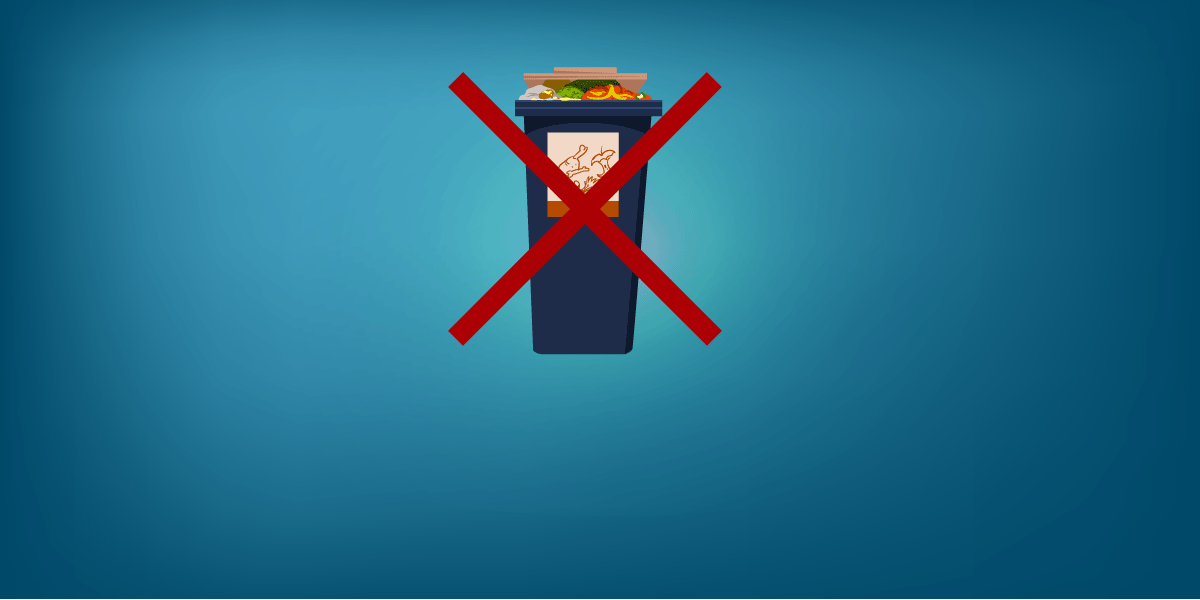
TIP 2
Don't throw away food. In Europe a great deal of food winds up in the bin. In Germany the estimate is over 40% of all foods. In Spain the number is around 30%.
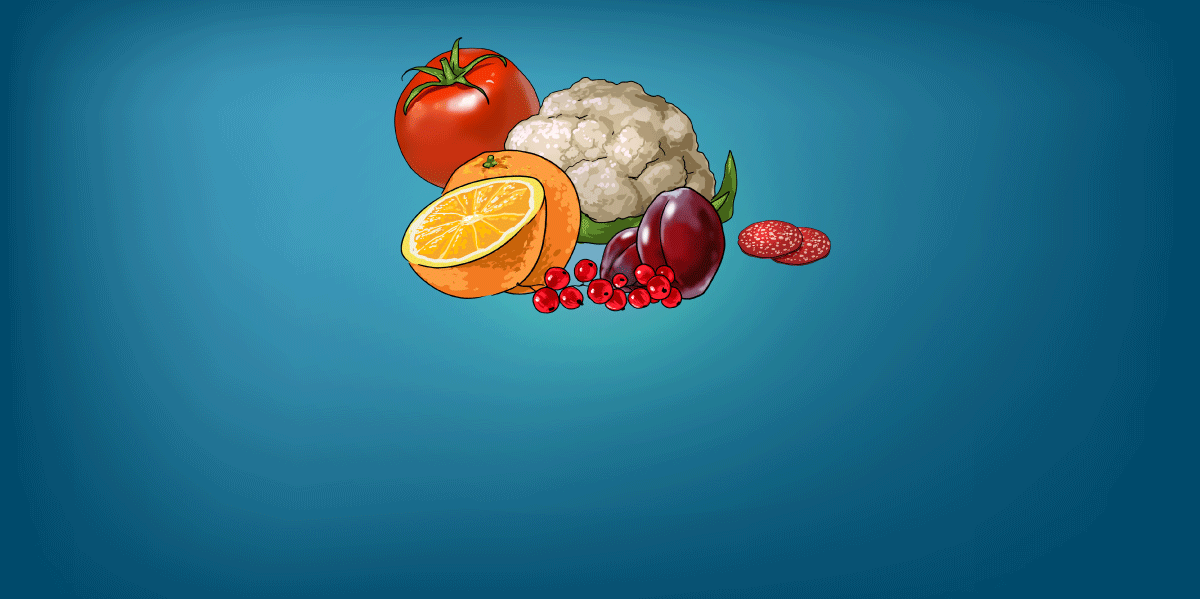
TIP 3
Eat more vegetables, fruit, grain, and potatoes! In terms of nutrition, the average person needs around 30 kg of meat per year. Statistically, however, every German consumes over 60 kg and every Spaniard over 80 kg of beef and pork. In Bulgaria the average person consumes around 30 kg.
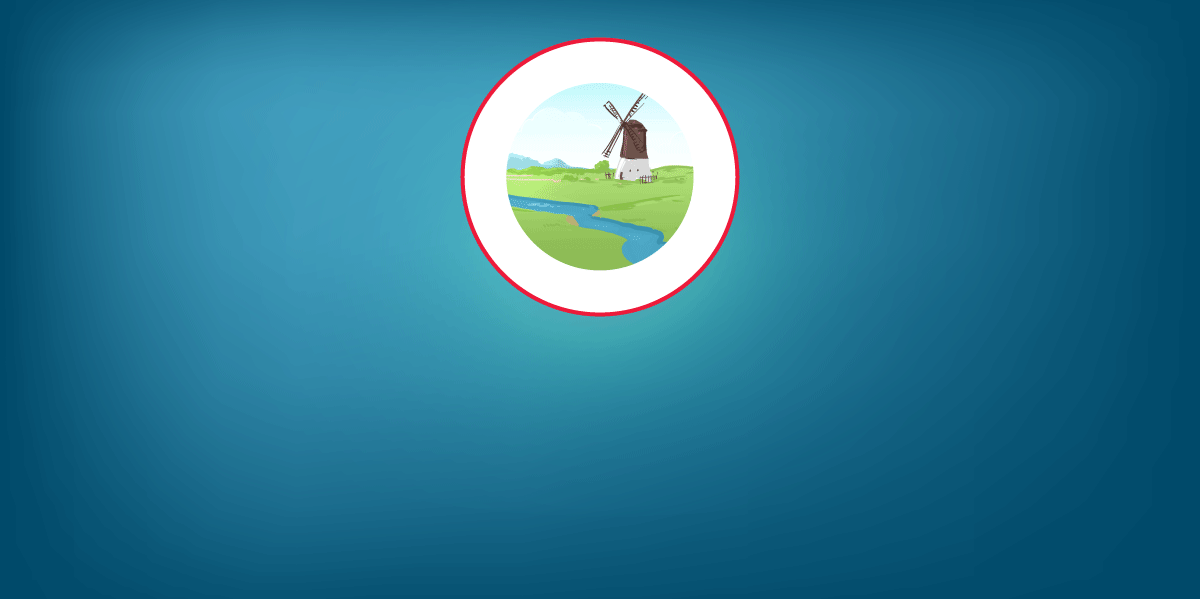
TIP 4
Pay attention to foods' origins – regional products should be your first choice. These save transportation costs, carbon dioxide emissions, have a small ecological footprint, and raises regional added value!
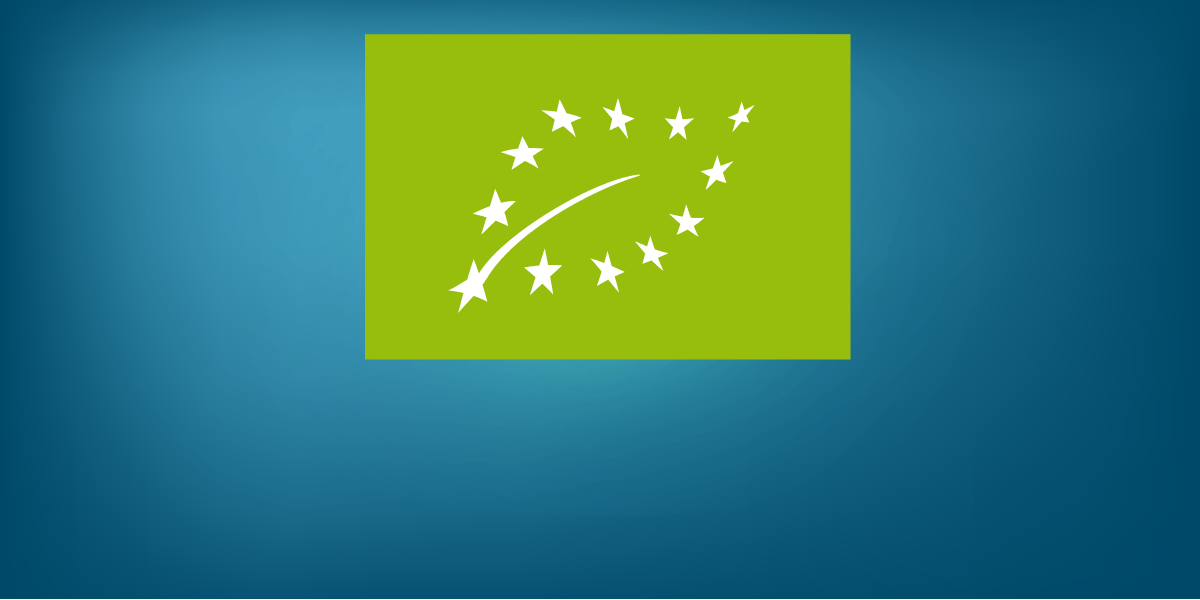
TIP 5
Buy organic foods. Organic cultivation promotes climate protection.
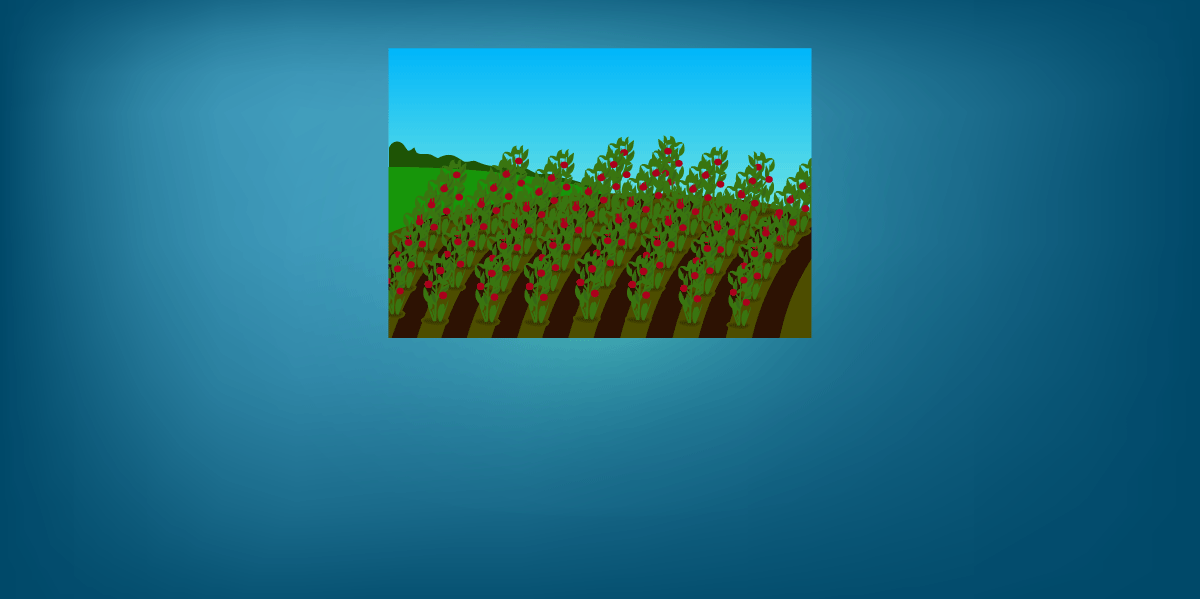
TIP 6
Buy seasonal produce. Open-air cultivation saves energy.